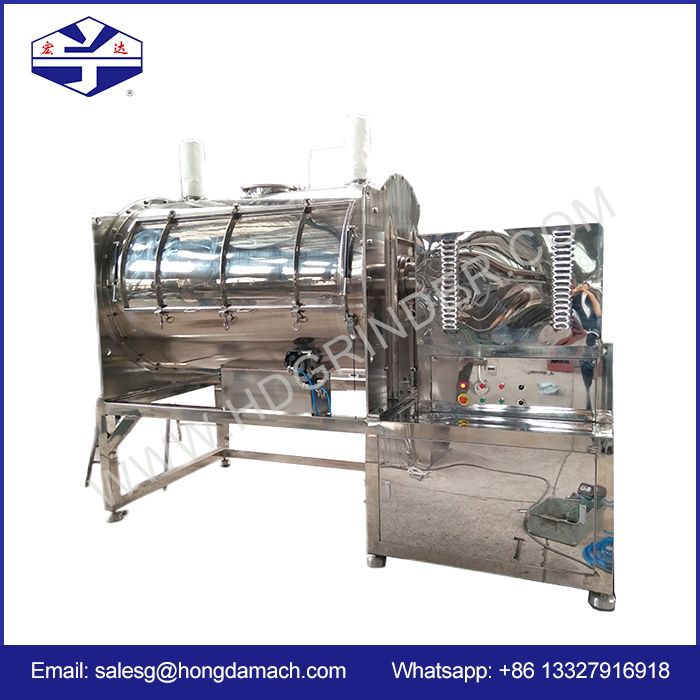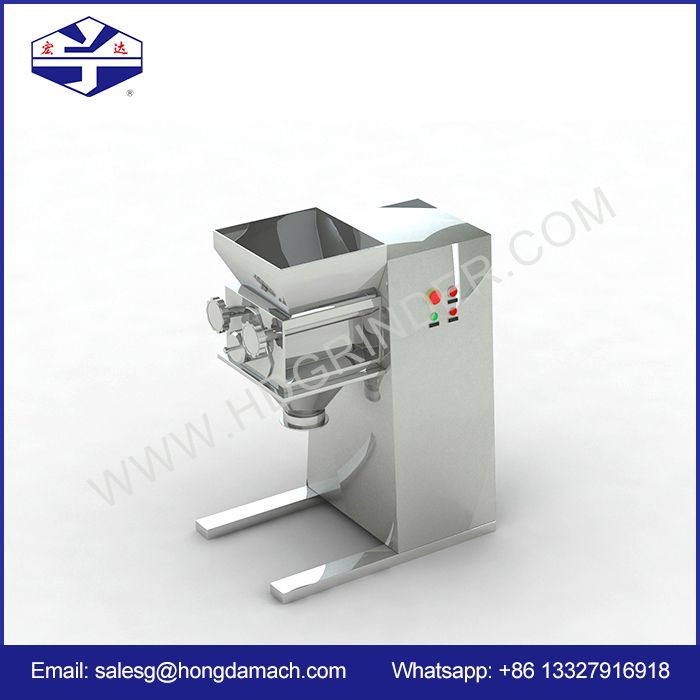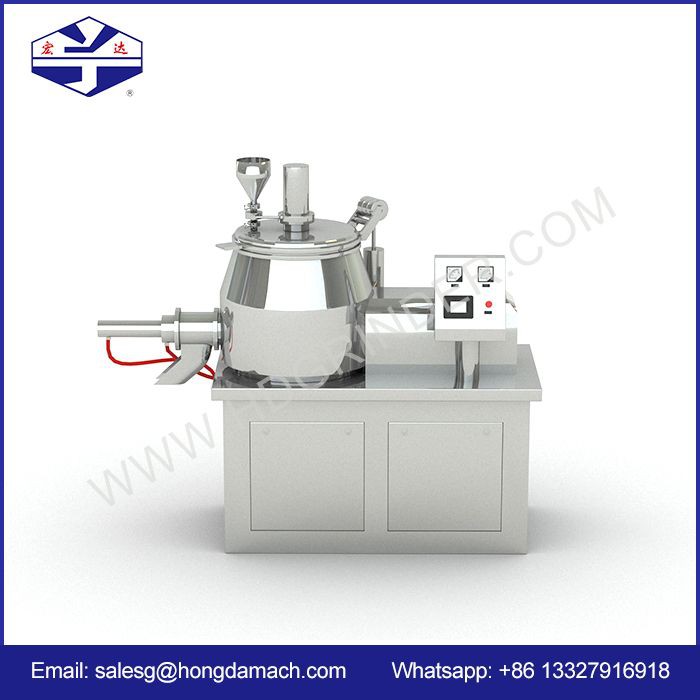In the state of transporting materials, open the feed port of the agitator, and close the discharge port according to the technical control requirements, and put a certain amount of materials into the V-shaped hopper. When the feeding is completed, in order to prevent the material from flowing out during mixing, the feeding port must be closed and locked. When the machine is operating, turn on the power button, turn the stop button to the left, start the mixer reverse button, and adjust the motor speed within the speed range specified by the technical regulations to mix the goods at 600 R/min. When the mixture reaches the technical specification, after the speed button of the adjustment motor is stopped, the discharge port of the mixer should face the air, the speed button of the adjustment motor should be adjusted to 0 position v agitator, turn the stop button to the right to stop the power supply . One end of the V-shaped mixer is equipped with a motor and a reducer. The power of the motor is transmitted to the reducer through the belt, and then the reducer is transmitted to the V barrel through the coupling. The V-shaped buckets operate one after the other, and the materials in the motion buckets are mixed, down, left, and right inside the buckets. The V-shaped mixer organizes the moving cylinder by decelerating the rotation, and uses the asymmetry formed by the unequal length of the two cylinders of the mixer for mixing. When the mixer moves, due to the difference in potential energy, the data is differentiated to combined, and due to the difference in potential energy, a lateral force is generated to promote the transmission of data to a certain extent. When the data is combined to differentiated, due to the different levels of the data, a horizontal force is generated to promote the horizontal transmission of the data. With the rapid development of new materials, there is an increasing demand for ultra-fine non-metallic industrial mineral powders, for example: the paper industry requires ultra-fine kaolin, ultra-fine calcium carbonate; the plastic industry requires ultra-fine ground calcium carbonate and talcum powder, silicon Limestone powder, mica powder; the ceramic industry needs ultra-fine zirconium silicate glaze; the precision ceramic industry needs ultra-fine SIC, ultra-fine Al2O3, etc. These have greatly stimulated the development of ultrafine grinding equipment, especially the development of V-type mixers.








